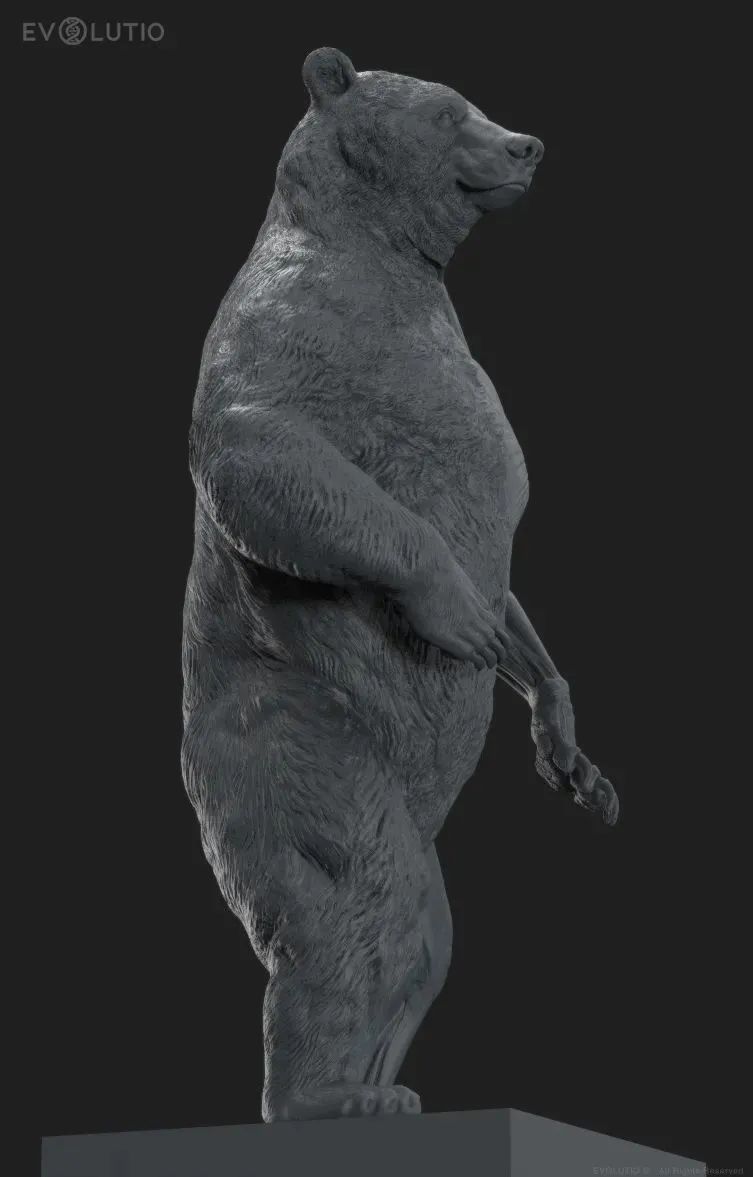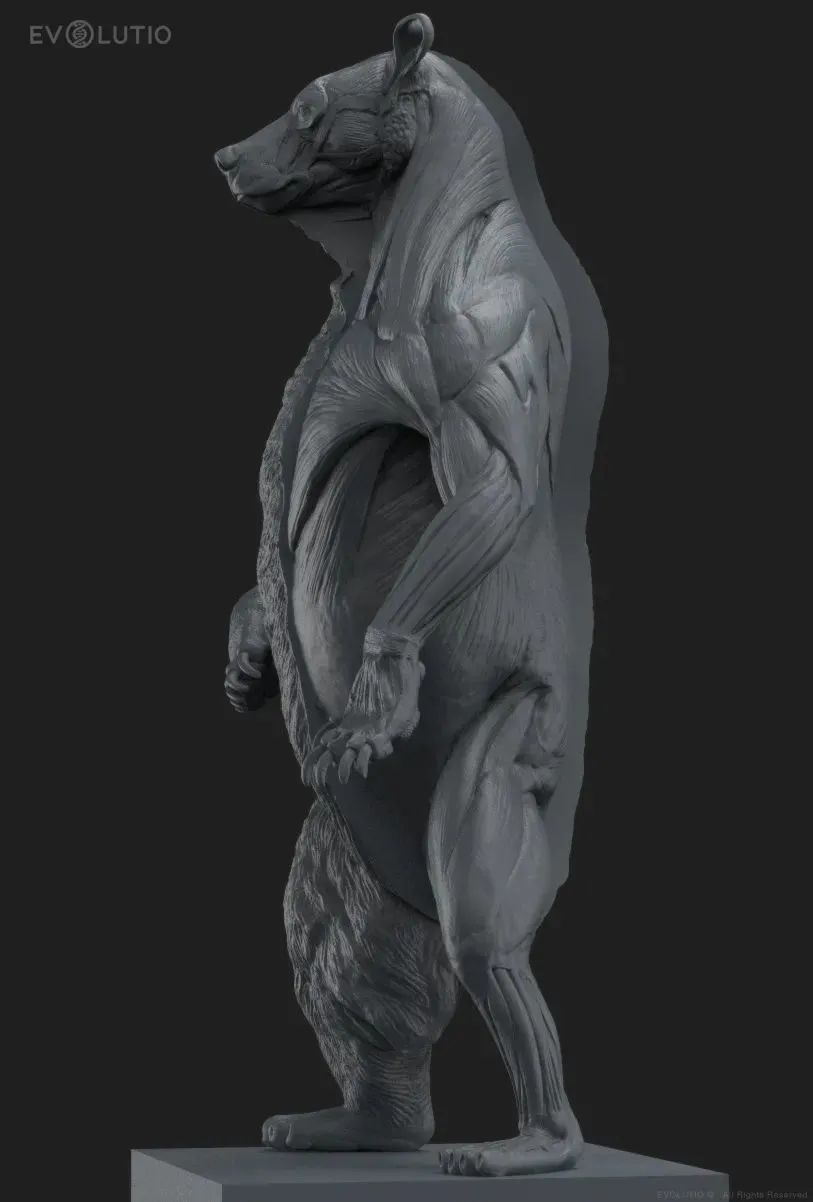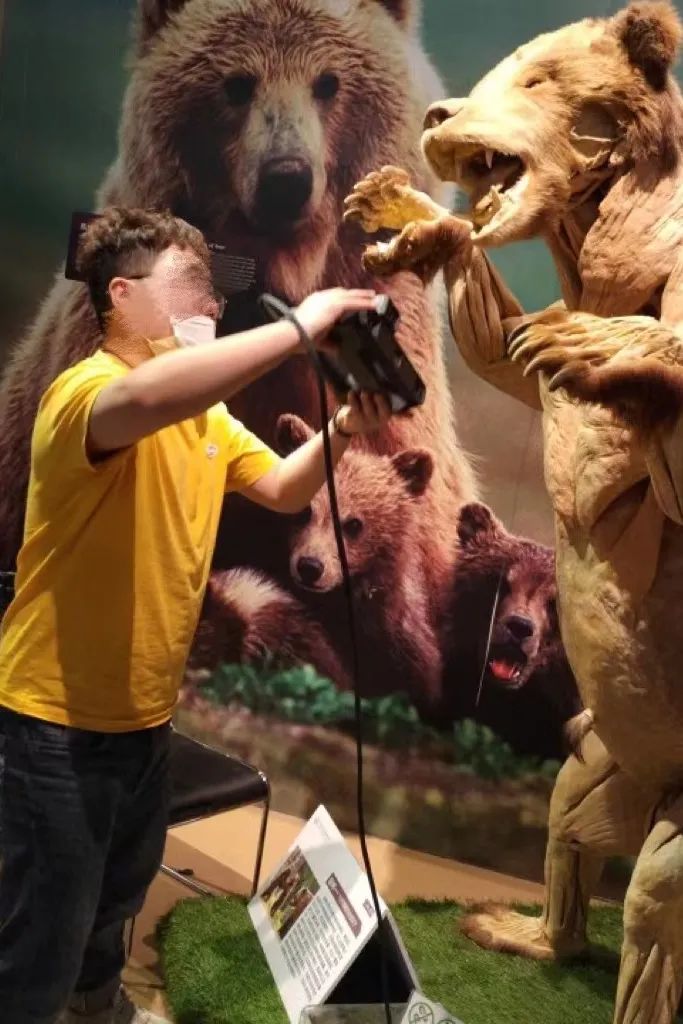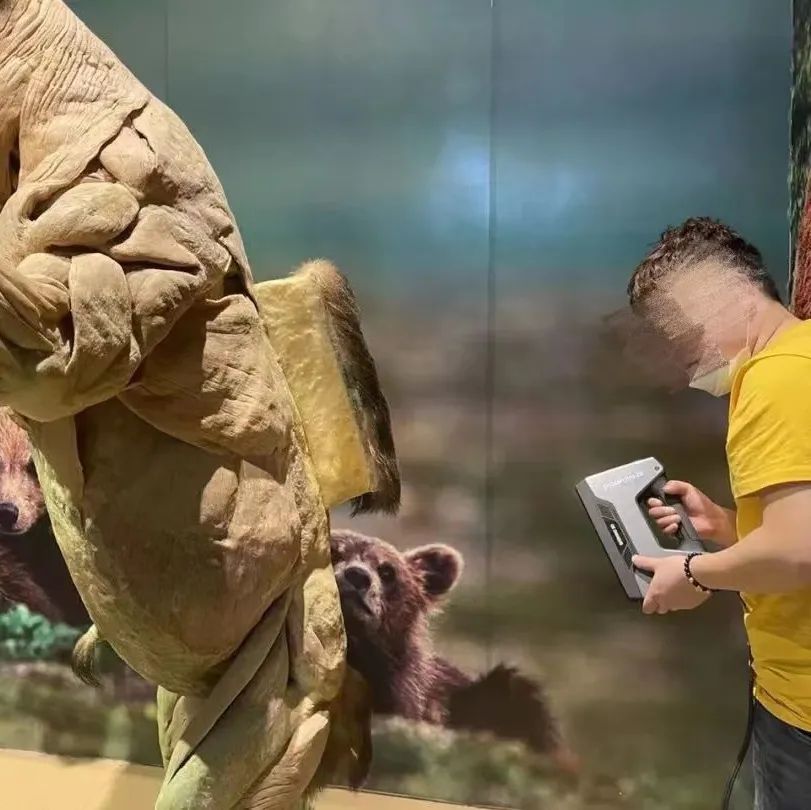Have you ever wanted to put an anatomical specimen of an animal from a museum on your desk so that you can always appreciate the beauty of its muscles and bones? The artists of VeryMuseum have turned such an idea into reality by using a high-precision 3D scanner to make these beautiful specimens into Evolutio Medical Arts Biological Anatomical Models.
The Evolutio Collection
VeryMuseum Evolutio was created in collaboration with world-renowned scientists, zoologists and artists over a period of five years. From the collection and collation of real data of animal muscles, to the extraction and re-modeling of high-tech, 3D scan data, to the final artist’s painting and restoration of every muscle line down to the smallest detail of texture, Evolutio’s ultimate craftsmanship is evident everywhere.
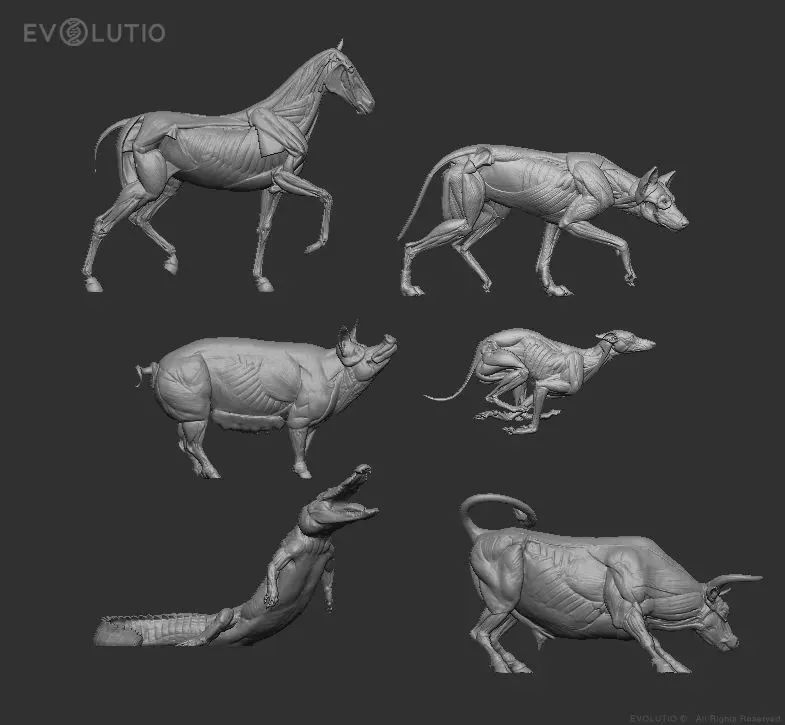
Evolutio Medical Arts Biological Anatomical Models series include [cattle], [bear], [lingtons] and other taxidermy models to convey the spirituality and beauty of animals in a realistic, vivid and figurative image.
The bear in the series, for example, normally walks slowly on its paws, but when chasing prey, it can stand upright on its hind legs. The artist uses the bear’s upright posture to fully demonstrate the robustness of the bear’s physique through its muscular lines.
3D Digitalization Solutions
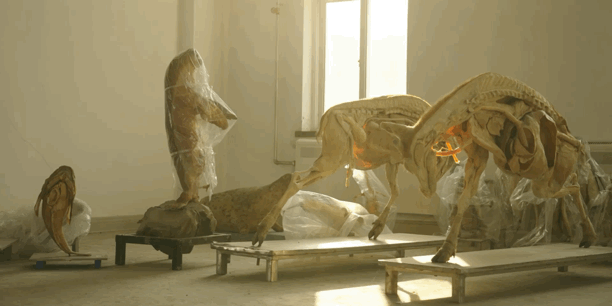
In order to obtain data on various parts of the animal’s body, Dalian Zhongyi and SHINING 3D technical team assisted VM artists in scanning and subsequent modeling work on some animal specimens provided by Dalian Jinshi Beach Mystery of Life Museum and Hongfeng Technology using EinScan series handheld 3D scanners. Using the convenient and efficient 3D scanning technology, the real data of the animal muscles were directly collected, organized, extracted and re-modeled.
Despite the large size of the individual specimens, the engineers were able to efficiently complete the data acquisition using the EinScan scanner, with one engineer completing the acquisition of a 4.3-meter shark in high-detail mode in just two and a half hours, significantly speeding up the project process.
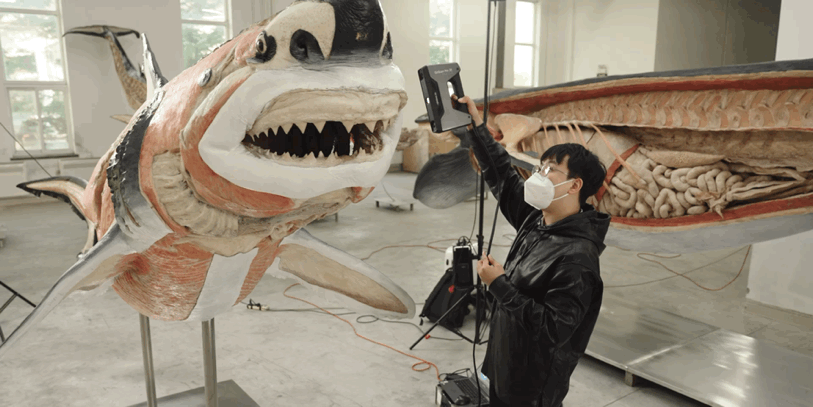
The 3D scanner’s 0.2 mm point distance allows precise capture of the shape of various parts of the specimen, which is of great value in the field of professional medical education as well as in the field of art appreciation.
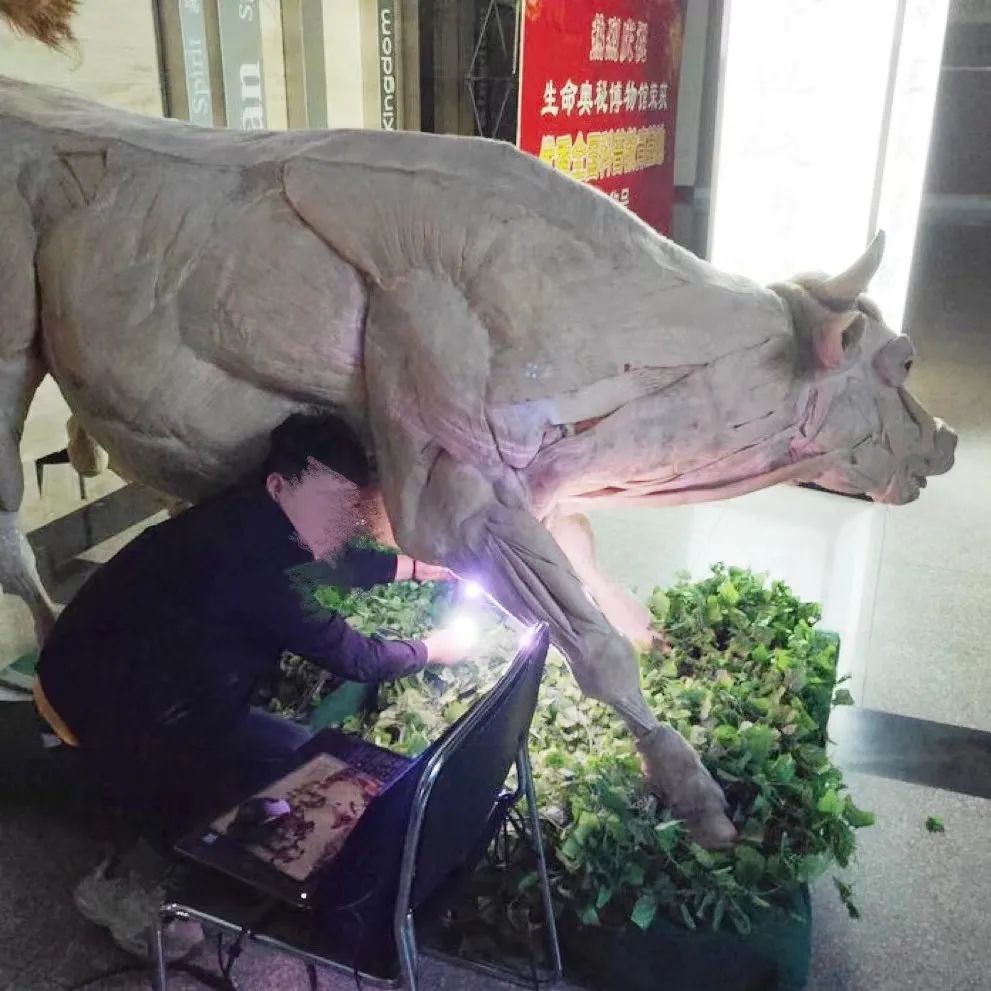
On the other hand, the EinScan multifunctional handheld 3D scanner does not require markers during the scanning process and does not touch the animal specimens, maximizing the assurance that their integrity will not be damaged.
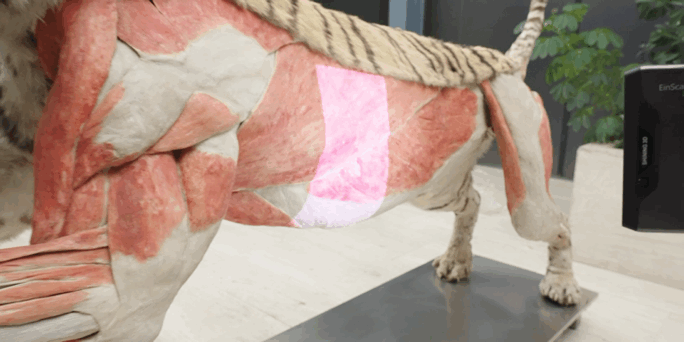
At the same time, the portability of the scanner is also particularly important due to its large number and complicated details, containing precise details and many concave and convex surfaces, which require multiple field scans.
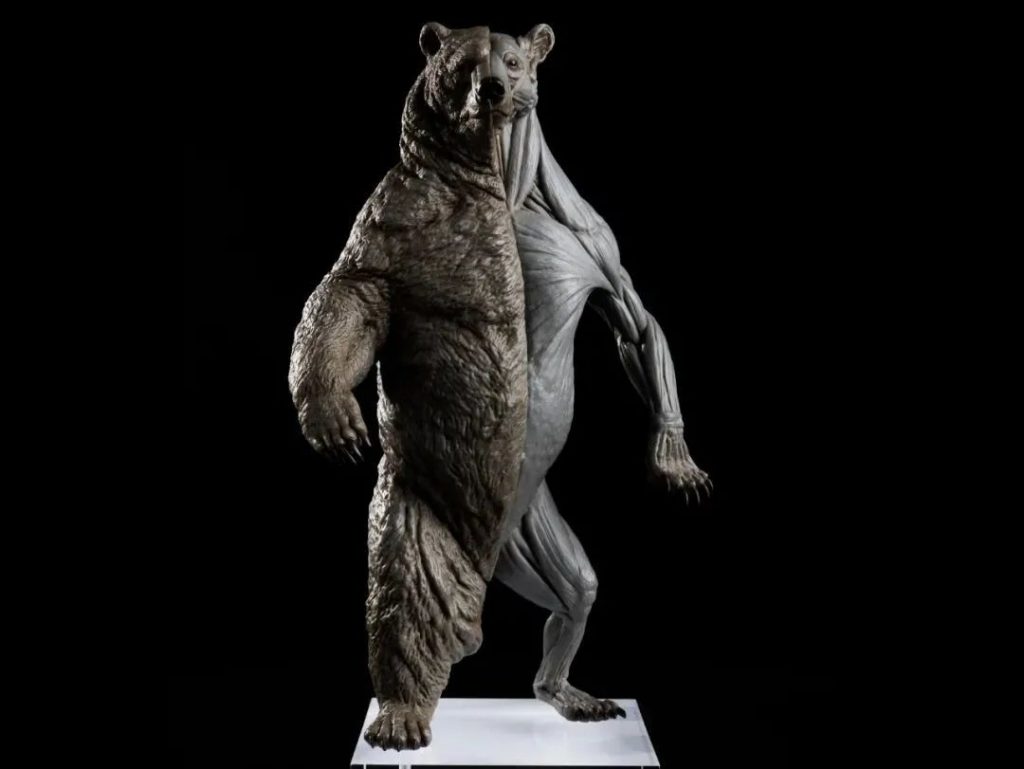
With the completion of the project, these models are already available online and collected by millions of enthusiasts. These vivid models will be used in education, medical research, art appreciation and many other fields. With the high precision 3D scanner EinScan, artists are able to combine the most advanced technology of today with biology to preserve life to eternity.
Thanks to all the artists involved in the creation, design and direction of Evolutio, including digital modeling artists Bi Tan and Vaughn Smith, painting artists Oskar Ankarudd and David Zhou, design directors Professor Sui Hongjin and Andrew Caworth. Mr. Andrew Cawrse.
Thanks to Dalian Zhongyi Industrial Technology Co. for providing on-site scanning technical support
Thanks to VeryMuseum for providing material for this case.
If you want to know more about Evolutio Medical Arts Biological Anatomy Model
Please consult the official website: www.verymuseum.com


